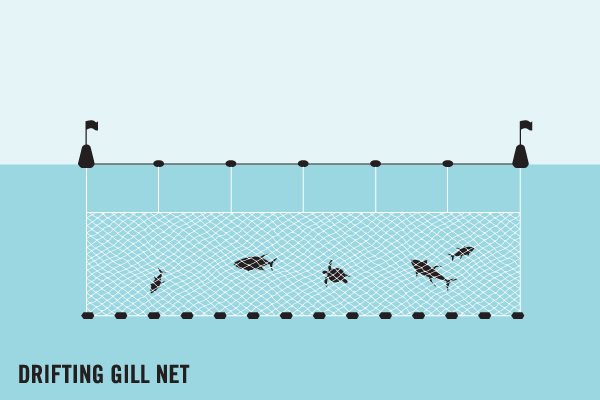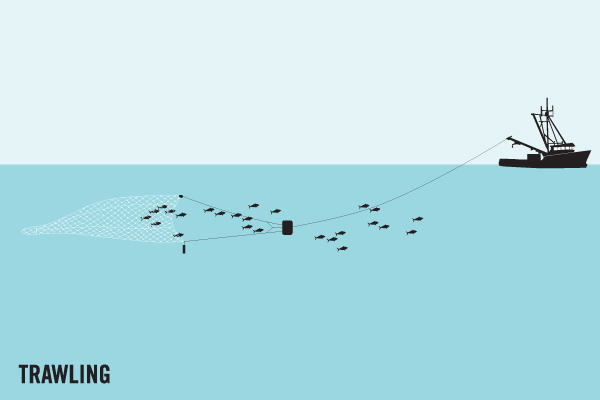Average Weight/Length
Other "Popular" Names for this Fish
Location Habitat
Biology & Physical Description
Life Cycle & Mating Behavior
Geographic Species Map (Fishbase.org Map)
|
|

|
Summary of Distribution: Worldwide in tropical and subtropical waters, but absent in the eastern Pacific and the Pacific Plate, except marginally. Western Atlantic: Canada to Bermuda and Massachusetts, USA to Argentina, including the Gulf of Mexico and entire Caribbean. Eastern Atlantic: Morocco to South Africa. Indo-West Pacific: East Africa and Hokkaido, Japan to Australia. |
|
Note: Distribution range colors indicate degree of suitability of habitat which can be interpreted as probabilities of occurrence (fishbase.org) |
|
Sport Fishing Techniques
|
|
Gill netsGill-nets are the dominant gear in the Indian Ocean. Gill-nets are used in artisanal and semi-industrial fisheries, contributing to 30-40% of the total catch. The net design is comprised of continuous panels of uniform mesh size, aimed to trap fish behind the gills. The International Sustainable Seafood Foundation (ISSF) notes that rates of sharks and turtle by-catch in Indian Ocean gill-net fisheries are high.. |
|
|
|
Kite Fishing (Trolling)Kite Fishing Trolling is when you are.... |
|
|
|
River DriftRiver Drift means to use the.... |
|
|
|
TrawlingTrawling is when.... |
|
Tackle & Baits
Game Rating
Game Rating : 8/10
Game Description :
A strong but unpredictable fighter. Usually clicks off fairly long, fast runs, and can fight deep with great stamina; however, many individuals put on lackluster fights if not pressured too hard saving their best efforts for after they are boasted!
Food Rating
Game Rating : 8/10
Game Description :
Excellent, smoked, frozen or fresh.
Picture (Fish)
|
|
|
|
|
|
Picture Mount
|
|
|
|
|




















 Cobia
Cobia 












